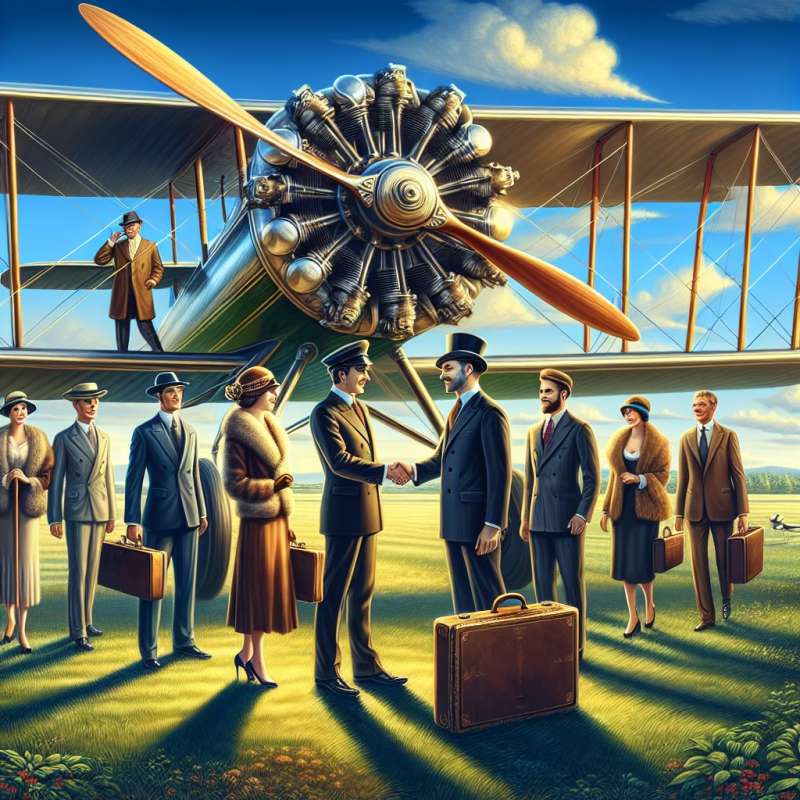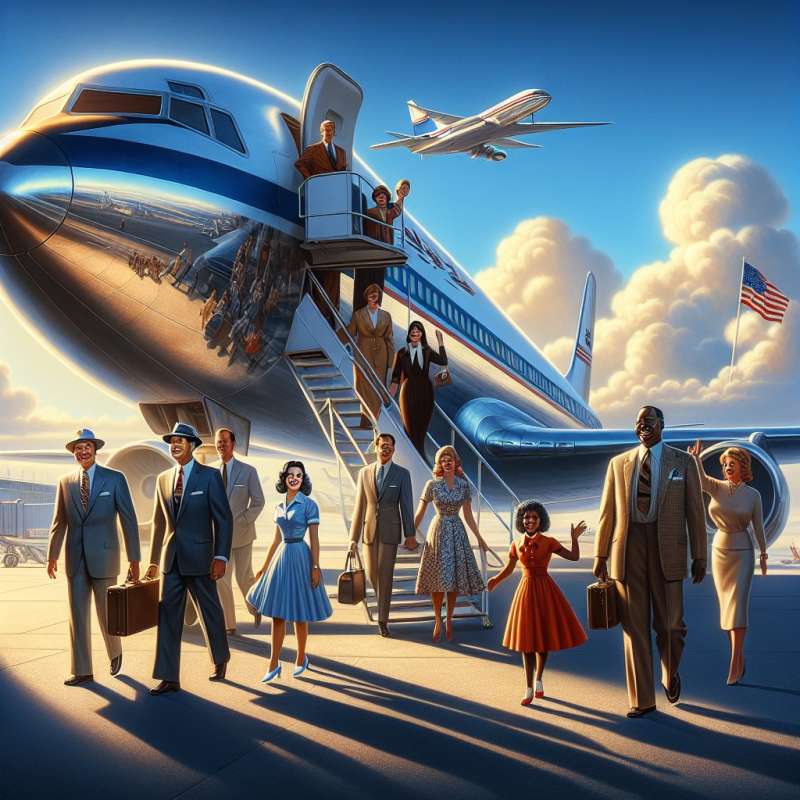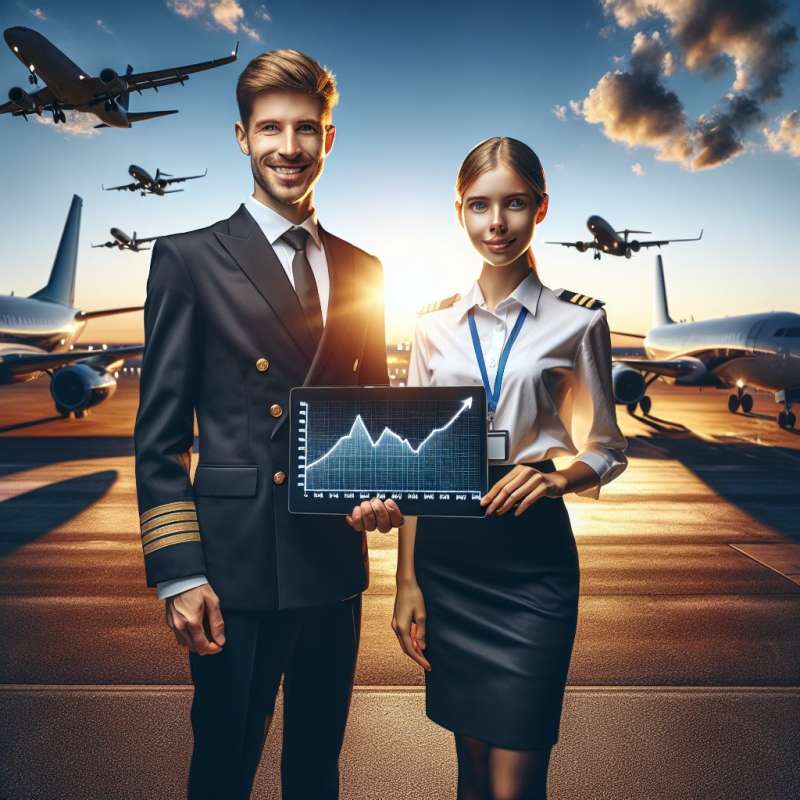
Early Aviation Economics
In the early 20th century, aviation was a luxury. Air travel was expensive, limiting passengers to the affluent. Governments heavily subsidized industry growth, seeing it as strategic for national prestige and military advantage.
Post-WWII Boom
After WWII, military advancements revolutionized commercial aviation. The introduction of jet aircraft in the 1950s made flying faster and more accessible, leading to a surge in airline establishment and passenger numbers.
Deregulation Impacts
The 1978 U.S. Airline Deregulation Act triggered global changes. It increased competition, lowered fares, and led to the rise of low-cost carriers. However, it also resulted in industry consolidation and fluctuating profitability.
Fuel Costs Influence
Aviation fuel prices significantly impact economics. Airlines hedge fuel costs to manage volatility. Surprisingly, some airlines profited from lower fuel prices amid the 2008 financial crisis by forecasting market trends correctly.
Ancillary Revenue Growth
Airlines now generate substantial revenue from ancillary services. These include baggage fees, seat selection, and onboard sales. This model, pioneered by low-cost carriers, accounts for a large portion of airline profits today.
Economic Ripples of COVID-19
The COVID-19 pandemic saw international air traffic plummet by over 60% in 2020. The unprecedented downturn forced airlines to rethink operations, accelerating the retirement of less efficient, older planes for newer, fuel-efficient models.
Sustainability's Economic Push
Sustainability is reshaping aviation economics. Airlines invest in biofuels and more efficient aircraft to reduce emissions. This green transition is driven by both environmental regulation and consumer demand for sustainable travel options.
Early 20th-century aviation passengers were?
Mainly affluent individuals
Mostly frequent travelers
Primarily military personnel
Company